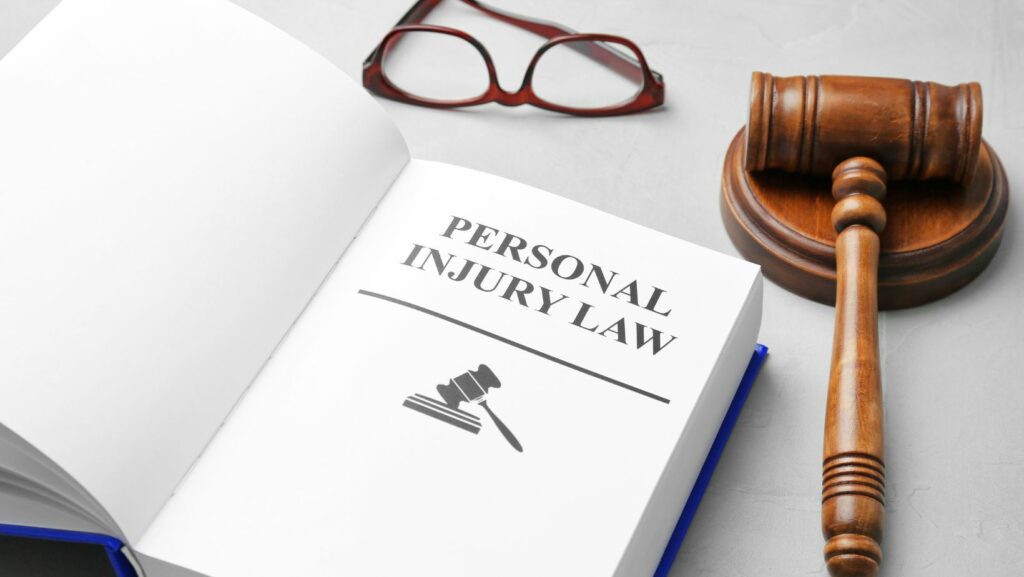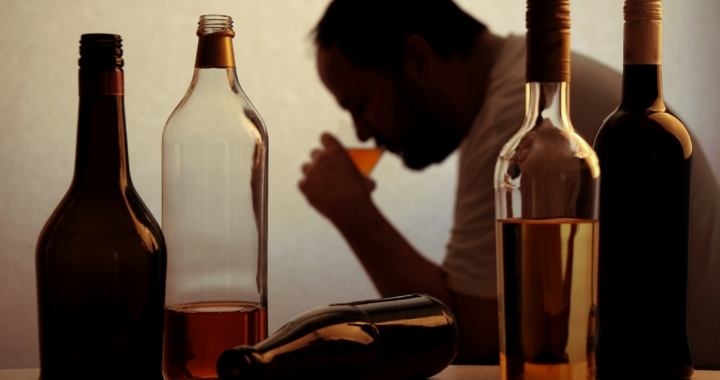
Uncovering Liability in Car Accident Cases – A Personal Injury Lawyer’s Perspective
For car accident victims, determining fault matters because it impacts financial responsibilities tied to medical expenses and property damage. In most states, the defendant’s insurance covers these losses through liability coverage.
Proving fault involves demonstrating a defendant breached a legal duty that contributed to the incident. However, fault may extend beyond drivers to vehicle manufacturers or governmental entities responsible for road design and maintenance.
Duty of Care
The first step in proving negligence involves establishing the defendant’s duty to act reasonably. This is typically the most challenging element to prove, especially in cases where it is unclear what caused the accident or injuries. It can be helpful for you and your car accident Beaumont lawyer to establish how the defendant breached this duty – did they speed, drive recklessly, or fail to follow traffic laws?
For example, if you were injured by a driver who failed to check blind spots before changing lanes, this violates their duty. You must show that this specific action directly led to your accident, injury, and losses. It is also helpful to document as much evidence at the crash scene as possible, including taking photos with your phone and getting contact information from witnesses. This will help your attorney build a strong case for you.
Causation
In car accident cases involving negligence, causation is the legal element that connects the defendant’s breach of duty to your injuries and damages. Causation is a complex issue, and it can involve both factual and proximate causes. Factual cause refers to the actual and direct cause of your harm. For example, if someone runs a red light and crashes into your vehicle, that person’s actions are the “factual” cause of your injury.

Proximate cause is a more complicated concept. To establish proximate cause, you must show that a reasonable person could have foreseen that the defendant’s action would harm another person. For example, if someone drives drunk and causes a collision, that person’s actions are the “proximate cause” of your injuries.
Expert testimony, medical records, and other evidence may support your compensation claim. After an accident, you must seek emergency medical attention to record your injuries and establish a connection between them and the collision.
Damages
Car accident settlements largely depend on the severity of injuries—the more severe the injury, the higher the settlement. In addition to medically necessary treatments, a court may award compensation for past and future expenses related to your injury, including prescriptions, mileage traveling to doctor’s appointments, physical therapy sessions, and other similar costs.
Non-economic damages can differ significantly and are more arbitrary. These include pain and suffering, diminished enjoyment of life, and other intangible harms that a jury cannot readily quantify.
The underlying cause of the accident can also affect your settlement. For example, if a driver is found to have been tired or driving recklessly in Beaumont, this can impact your overall settlement. In addition, gross negligence or intentional misconduct could result in punitive damages.

These extra damages penalize wrongdoers and discourage future offenders from committing similar actions. A knowledgeable automobile accident attorney can assist you in getting the most out of your case.
Accountability
In some cases, more than one driver may be at fault for an accident. In these situations, each driver’s insurance company will cover a percentage of damages equal to their degree of fault.
It is important to have police at the crash scene to interview witnesses and collect evidence. In addition, it makes it much more difficult for a defendant to deny liability in the future.
It is also essential to seek medical care immediately after an accident so that you can document any injuries you suffered. This will provide a paper trail showing when you were injured and how you sustained those injuries, which can help disprove the defense’s argument that your injury was caused by something else. It will also demonstrate that your injuries are severe enough to warrant compensation.





